Commentary: When it comes to aviation safety, don't be fooled by technologies branded as 'smart'
Published in Op Eds
Air travel is remarkably safe, based on several years of performance data. Yet near-misses, including the recent close call between a Delta airplane and an Aero Mexico regional jet in Mexico City, give people pause to question whether current air travel risks are higher than historical trends suggest.
In light of such concerns, and given the growth of “smart” technologies, it should be no surprise that such technologies have entered the world of air travel.
Smart Landing and Smart Runway technologies claim to enhance air travel safety by supporting pilots during takeoffs and landings, as well as when airplanes traverse the ground space around airports. Airplane movements are under the jurisdiction of air-traffic control. Yet with human beings prone to oversights and errors, mistakes can and do occur.
Given their names, does the “smart” label make such products better? Or are such names just used as a marketing tool?
The Federal Aviation Administration tracks all air-traffic mistakes and near-mistakes. At airports, they are labeled “runway incursions.” In 2024, there were 1,758 such events, or around 146 per month. This number has been steady for several years, excluding 2020 and 2021, when air travel volume plummeted due to the COVID pandemic. Although this total sounds large, and perhaps alarming to air travelers, air-traffic control oversees around 45,000 flights per day, which means that runway incursions are statistically very rare events.
Even so, rare events can lead to accidents.
The FAA classifies runway incursions based on their severity and the risks that they entail. Fortunately, most are benign, labeled as Category C and D, which occur when an airplane is out of position but, most critically, ample time is available to avoid any collision. Although such incursions are tracked, their risk in the air system to airplanes and passengers is minimal.
Category A and B incursions are more serious, potentially placing airplanes and passengers at risk. The Mexico City near-miss would be classified as a Category A runway incursion.
Of the 1,758 runway incursions in 2024, nine were classified as Category A or B, far less than 1 percent of all such events. Of course, if any such incident had resulted in an accident, calls by lawmakers for changes and improvements would have been forthcoming.
Smart Landing and Smart Runway technologies provide pilots with additional information in user-friendly ways to reduce the risk of pilot errors, which can be traced to the cause of 80 percent of aviation accidents.
Pilot error occurs when a pilot deviates from standard operating procedures or directives from air-traffic control. Smart technologies are designed to alert pilots of such deviations, effectively giving them additional warning time to regain compliance and steer clear of situations that could lead to an accident.
If smart technologies can reduce pilot errors, conventional wisdom suggests that they should lead to even safer air travel. Yet how would such enhanced safety be measured?
Southwest Airlines recently adopted these technologies on its fleet of Boeing 737 airplanes. It will provide a testbed to evaluate whether the technologies deliver on their promise.
However, given the general rarity of runway incursions — and particularly of those that are high risk — teasing out the “signal from the noise” may be challenging verging on impossible. Moreover, since runway incursions are likely to involve two or more airplanes, if only one airplane is using the smart technologies, it may be more difficult to quantify their benefits in the field.
We may start to see anecdotal reports of benefits reported by Southwest Airline pilots using the technology. But they will be inadequate on their own to establish their causal benefits. If more airlines adopt this technology for their fleets, systemwide reductions in runway incursions of all types — particularly the benign Category C and D incursions — will provide one way to capture risk reduction benefits. Of course, if the FAA decides to mandate such technologies on all airplanes operating within the nation’s air space, this measure would be more straightforward to capture.
Labeling technologies as “smart” does not necessarily make the environment in which they operate better. What is most important is what they achieve compared to the system’s performance without them. The challenge is often to find ways to measure such changes. And when such changes involve rare events, as with airplane near-misses, making such measurements is even more difficult.
____
Sheldon H. Jacobson, Ph.D., is a computer science professor in the Grainger College of Engineering at the University of Illinois Urbana-Champaign. As a data scientist, he uses his expertise in risk-based analytics to address problems in public policy. This piece was originally published by The Hill.
____
©2025 Tribune Content Agency, LLC.
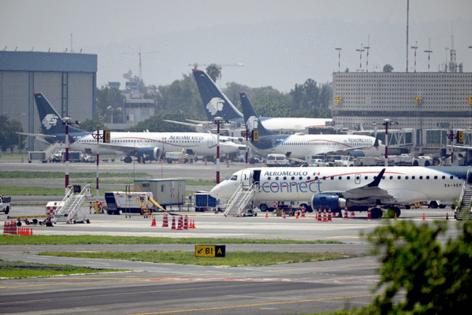







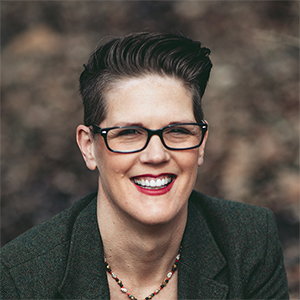















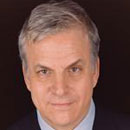










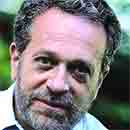






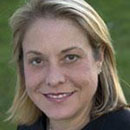









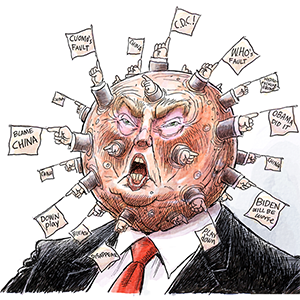
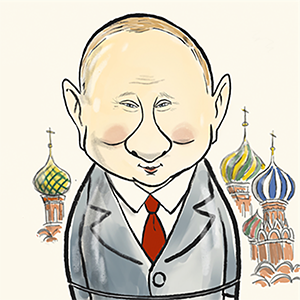


Comments